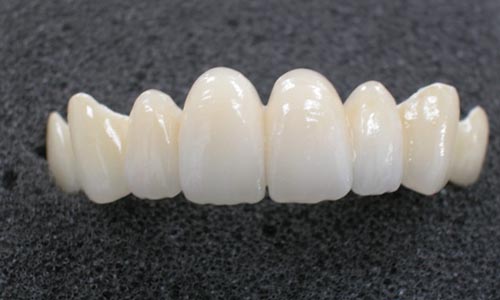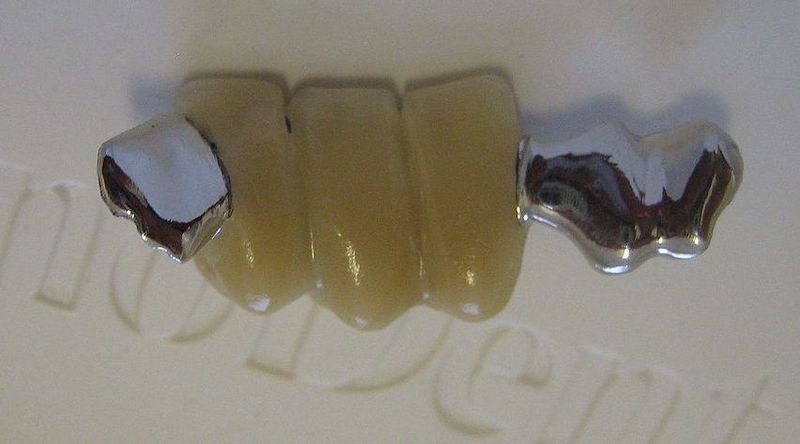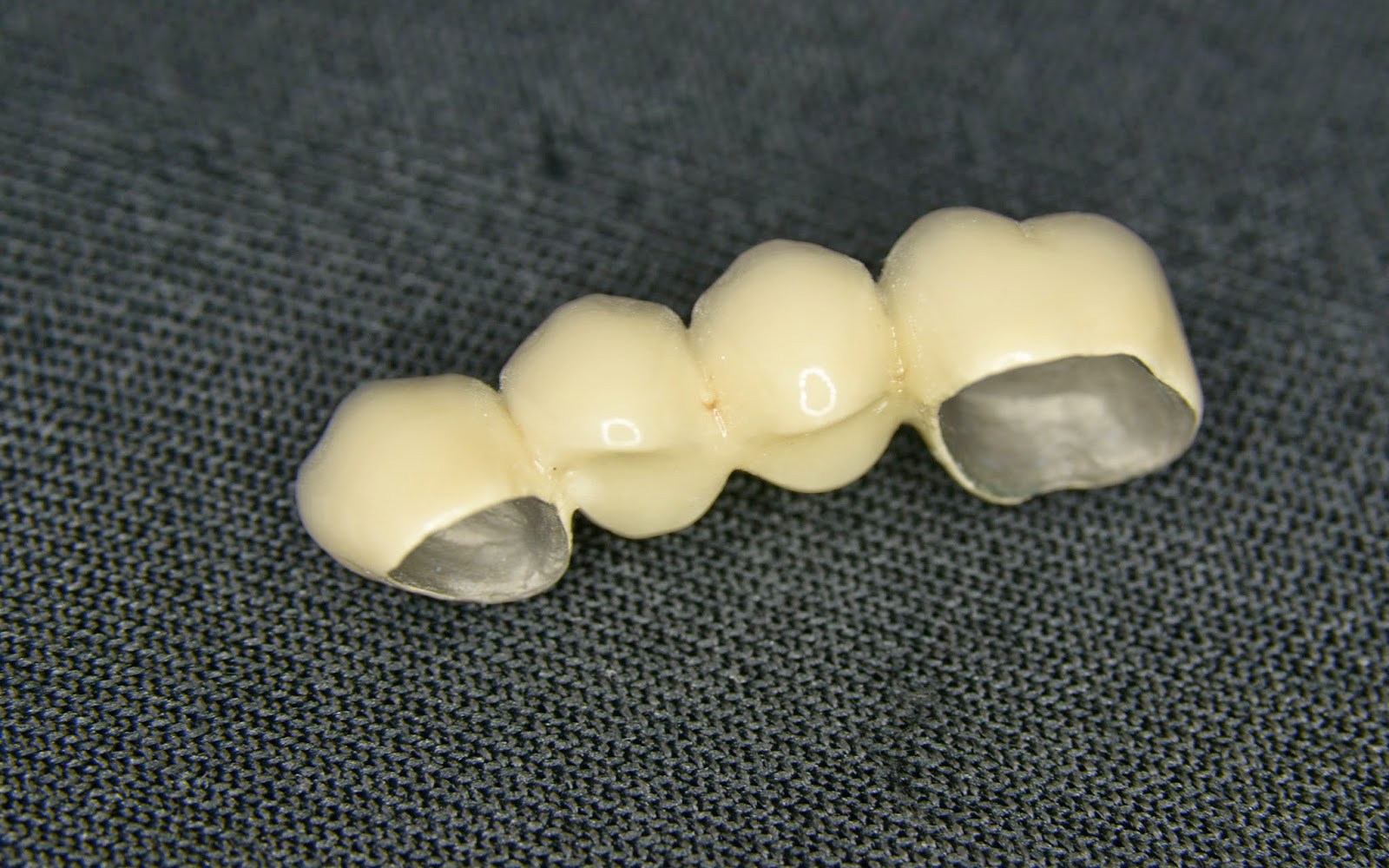Tooth replacement is extremely important, for both aesthetic and functional purposes. But aside from that, replacing your teeth is important for the health of the rest of your remaining teeth, as they can be damaged if one or more of your teeth has gone missing. Your teeth will start moving around, which is not only unsightly, but can unevenly distribute the stress of wear and tear among teeth. This can lead to the development of unhealthy bite patterns, and will incur the damage of certain teeth that are doing the extra work, which will result in serious dental problems.

What is a dental bridge?
There are numerous ways to replace missing teeth: there are removable, fixed, partial and even complete arch replacements available to the public. Dental bridges are basically a row of dental crowns next to each other, meant to replace teeth that are missing next to each other. Just like bridges in cities, dental bridges also need two posts that act as the cornerstones of the bridge, and these pillars hold the dental crowns in place. You can use real teeth or dental implants as pillars, so dental bridges can be had even if patients do not have teeth left in the mouth anymore.

How are dental bridges made?
Dental bridges are made in dental laboratories by a technician, who first has to take an impression of the affected area. If the unit has only one crown on it, then it will be placed on the two teeth bordering the gap. This means the dentist will have to shape the teeth a little bit, so that they can hold the dental crown in place. Any and all necessary dental treatments such as fillings and root canals need to be made to the teeth beforehand. If the teeth are mobile or infected, or there are no teeth to place the bridge on, then the dental bridge can be stabilised with the help of dental implants, but this takes a lot more time than placing on your existing teeth, as you will need several months of healing time after the dental implants are placed. After the impression is taken, the patient will be given a temporary crown to hold them over, and the final dental bridge should be ready in 5 business days or so. At the next visit, the dentist will hand over the bridge, and make any last minute adjustments, should they be necessary, and then the dental bridge is ready to be adhered to the teeth of the patient.

Longevity and replacement of dental bridges
After the handover appointment, given that you take care of your bridge properly, you will not need to replace your bridges for the next 15 to 20 years. Because the area underneath the bridge is difficult to clean, it is highly recommended that you go to your half year check-ups and take a hygiene session. The plaque and food debris that is stuck under the dental crowns can lead to inflammations and tooth decay, which can ruin your teeth and make them unable to hold the dental bridge. If the dental bridge is held in place on actual, living teeth, then it is important to not overload the dental bridge. If the dental bridge is held in place with dental implants, no such caution needs to be taken, and the longevity of these tooth replacements can be held to be several decades.

